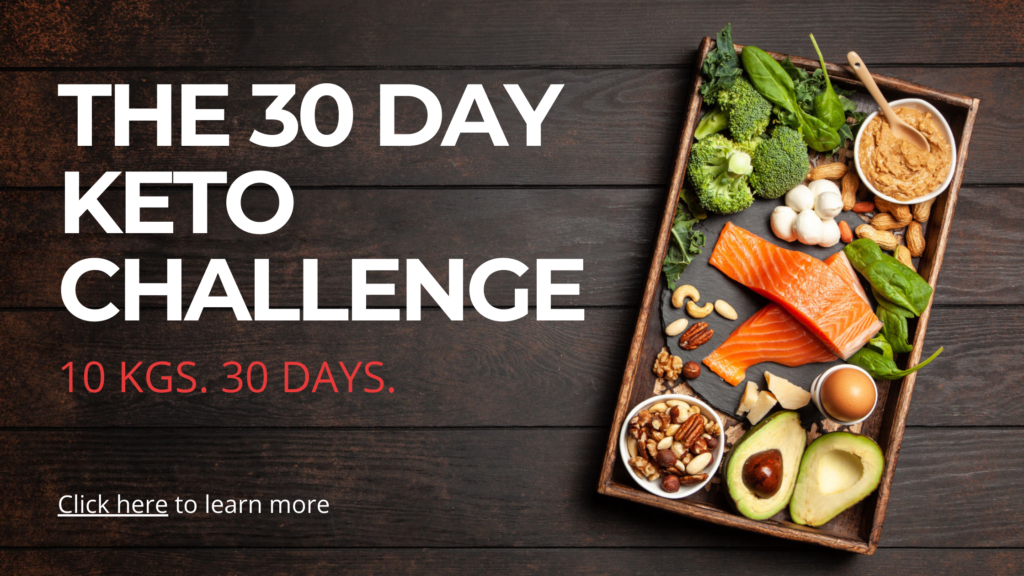Understanding the Keto Diet: A Comprehensive Guide
The ketogenic diet, commonly known as the keto diet, has gained immense popularity in recent years, attracting individuals seeking weight loss, improved health, and better metabolic function.
But what exactly is the keto diet, and how does it work? This article will provide a comprehensive overview of the keto diet, including its principles, benefits, potential drawbacks, and practical tips for implementation.
What is the Keto Diet?
The ketogenic diet is a high-fat, low-carbohydrate dietary regimen designed to shift the body’s metabolism from relying on carbohydrates for energy to utilizing fats.
This metabolic state is known as ketosis, where the liver converts fatty acids into ketones, which serve as an alternative energy source for the brain and body.
Macronutrient Breakdown:
A typical keto diet consists of approximately:
- 70-80% Fat
- 15-25% Protein
- 5-10% Carbohydrates
This stark reduction in carbohydrates forces the body to adapt to burning fat for fuel, leading to various physiological changes.
How Does the Keto Diet Work?
- Carbohydrate Restriction: By significantly reducing carbohydrate intake, the body depletes its glycogen stores (the stored form of glucose) and begins to look for alternative energy sources.
- Ketosis: Once glycogen stores are low enough, the liver starts converting fat into ketones. This process can take anywhere from a few days to a week, depending on the individual’s metabolism and activity level.
- Fat Utilization: In ketosis, the body becomes highly efficient at burning fat for energy, leading to the potential for weight loss and improved metabolic markers.
Benefits of the Keto Diet
- Weight Loss: Many people experience rapid weight loss on the keto diet due to decreased insulin levels, reduced hunger, and increased fat oxidation. The diet’s high fat content can also promote feelings of fullness, leading to reduced caloric intake.
- Improved Blood Sugar Control: The keto diet may help stabilize blood sugar levels, making it a potential option for individuals with type 2 diabetes or insulin resistance. By minimizing carbohydrate intake, blood glucose spikes are reduced.
- Enhanced Mental Clarity: Some followers report improved focus and cognitive function, likely due to the brain using ketones as a stable energy source. This has led to research into the keto diet’s potential benefits for neurodegenerative diseases.
- Increased Energy Levels: Once adapted to burning fat for fuel, many individuals find that their energy levels stabilize, avoiding the energy crashes often associated with high-carb diets.
- Reduced Inflammation: Preliminary studies suggest that a ketogenic diet may reduce markers of inflammation in the body, potentially benefiting conditions like arthritis or metabolic syndrome.
Potential Drawbacks
- Nutrient Deficiencies: A restrictive diet may lead to deficiencies in certain vitamins and minerals, especially if not carefully planned. It’s essential to incorporate a variety of nutrient-dense foods within the allowed macronutrient framework.
- Keto Flu: Some people experience flu-like symptoms during the initial transition into ketosis, known as “keto flu.” Symptoms may include fatigue, headaches, irritability, and nausea. These are usually temporary.
- Social Challenges: The restrictive nature of the diet can make social eating situations challenging, potentially leading to feelings of isolation or frustration.
- Long-Term Sustainability: Critics argue that the strict limitations may not be sustainable for everyone in the long run. Finding a balance that works for an individual’s lifestyle is crucial.
Tips for Starting the Keto Diet
- Educate Yourself: Understand the macronutrient ratios and which foods fit into a keto diet. Resources like cookbooks, websites, and online communities can provide valuable information.
- Plan Your Meals: Meal planning can help ensure you’re getting enough nutrients while sticking to your macronutrient goals. Focus on whole, unprocessed foods.
- Stay Hydrated: Increased water intake is essential, especially in the early stages of the diet, as the body tends to excrete more water when transitioning to ketosis.
- Monitor Your Progress: Tracking your food intake and ketone levels can help you stay accountable and make necessary adjustments to your diet.
- Consult a Professional: Before starting any new diet, it’s advisable to consult with a healthcare professional, especially if you have underlying health conditions or concerns.
Conclusion
The ketogenic diet is a powerful dietary approach that can offer a range of health benefits, from weight loss to improved metabolic function. However, it’s essential to consider individual needs, preferences, and potential challenges.
With careful planning and a focus on nutrient-dense foods, many people can successfully adopt the keto lifestyle for both short-term results and long-term health benefits. As with any dietary change, personalization and adaptability are key to finding a sustainable path forward.




Sed efficitur congue dolor, et rhoncus ipsum rutrum nec. Ut ac mollis risus, bibendum molestie tortor. Fusce magna dui, pharetra eget pellentesque vehicula, consequat vel nisl. Donec auctor ex a laoreet egestas.
Pitch series A financing innovator venture supply chain market business-to-consumer startup gamification product management success first mover advantage direct mailing return on investment. Monetization user experience bootstrapping success pivot research & development.
Nulla laoreet vestibulum turpis non finibus. Proin interdum a tortor sit amet mollis.
Fringilla etiam maecenas ligula justo nec pretium felis nisi. Pretium eget aliquam augue commodo cras semper sem nullam. Ut semper nec id adipiscing dui lorem. Pretium dapibus eget in sem donec et. Metus etiam ipsum sit. Quis blandit ut ante pulvinar adipiscing dis vel montes amet. Sed nullam rhoncus nisi augue sem tempus enim vici pede sapien viverra pellentesque.
Tellus ut aenean. Veni tellus hendrerit quam. Elit justo etiam sit. Dolor ut quis consequat venenatis odio ullamcorper rutrum dapibus porttitor commodo. Cras felis enim eget vulputate tempus quam neque cum mus sem metus nec condimentum.
Penatibus nisi ante donec lorem quis ut amet elementum sem eu. Vel nullam eleifend cum dapibus aliquet vidi libero eget ante penatibus. Consequat et nulla condimentum. Imperdiet ipsum nascetur nisi.